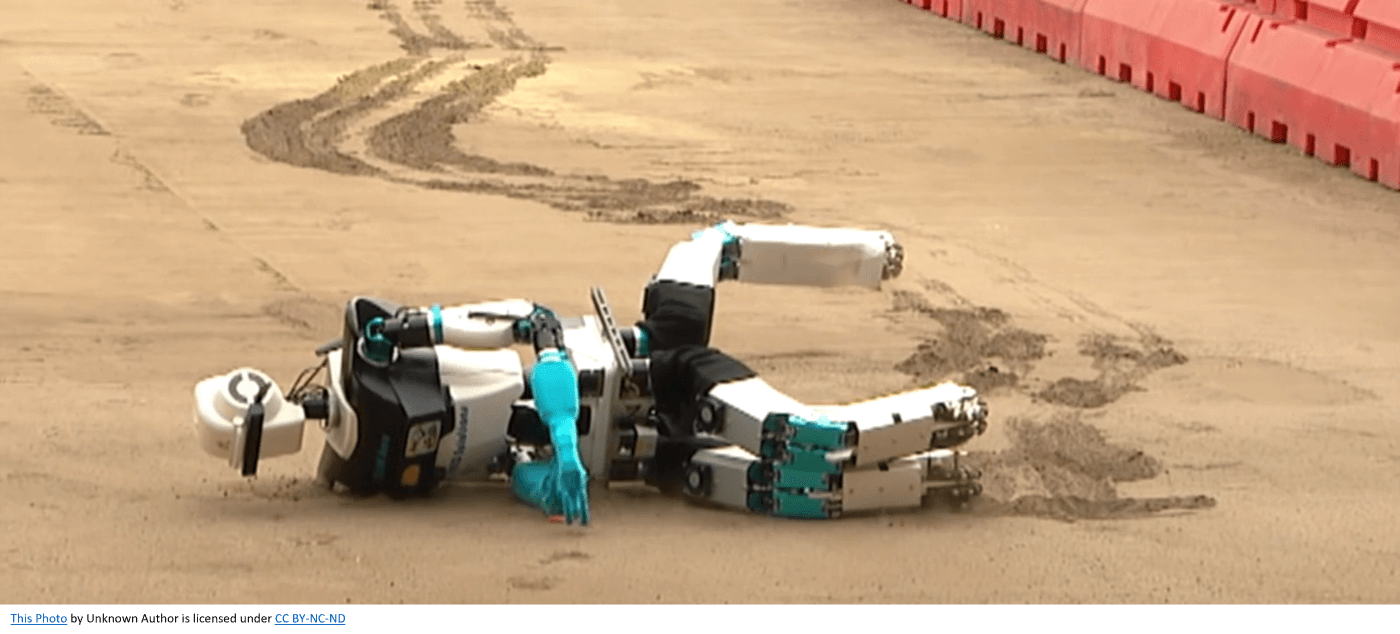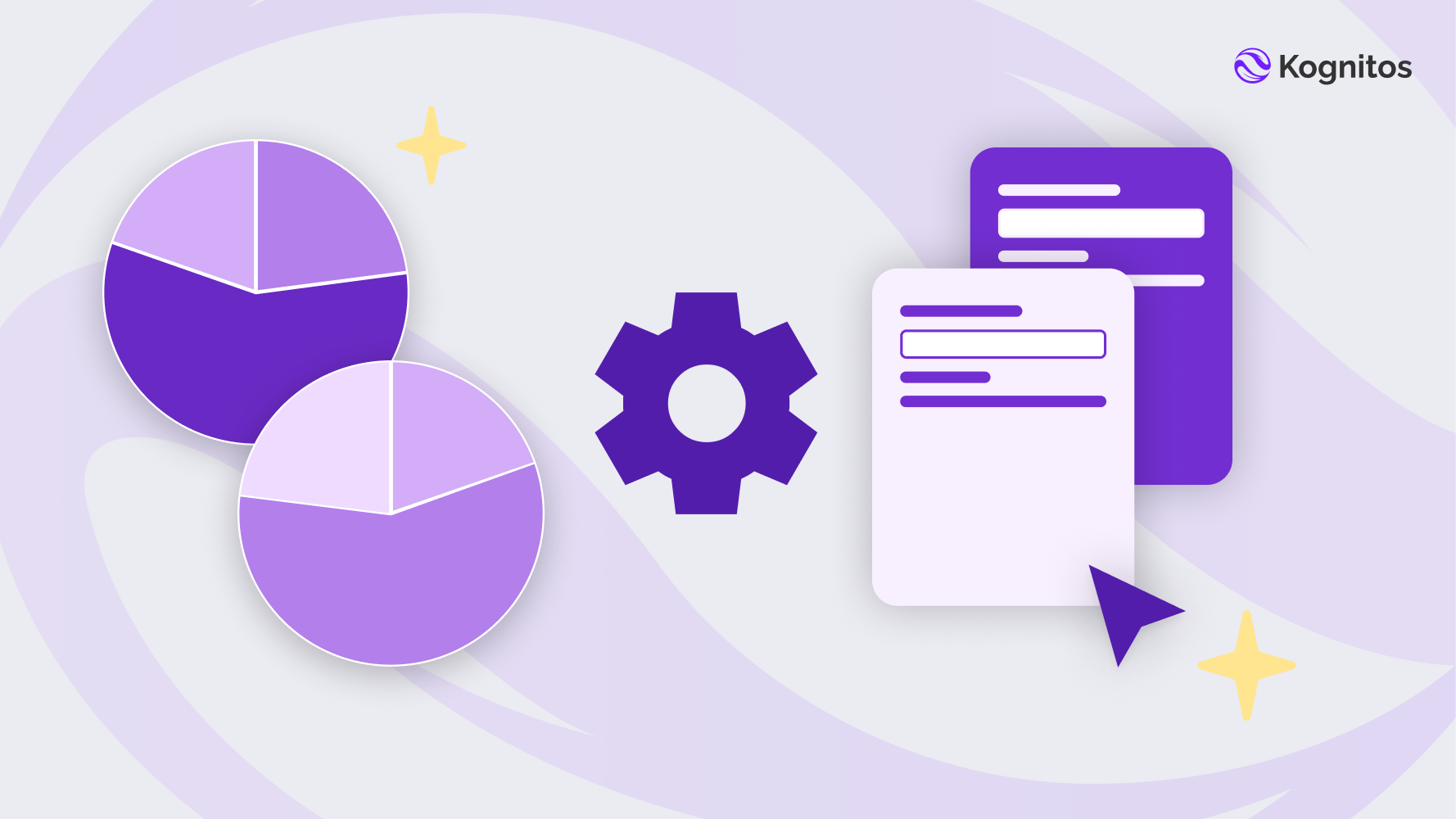
- Sizeable implementation costs.
- Ongoing operations and maintenance Costs
- Purchasing for peak capacity (software on the shelf).
- Employee Time Required (meetings, monitoring etc.).
Automation programs costing more than anticipated has several negative results (outside of the extra $ spent).
1. ROI on projects disappears
2. Disillusionment with automation sets in, slowing down efforts to expand automation.
3. Many processes remain manual as new costs estimates and higher TCO impact the candidacy of different processes.
Despite these costs, thankfully new technologies like large language models (LLM) and generative AI are now coming online and enabling new automation platforms to solve these challenges. Large Language Models and Generative AI (such as GPT-3) utilize machine learning to enable outputs to be created directly from language, thus eliminating the step of a user having to
“Program” in another coding language. Furthermore, unlike traditional automation, these technologies can learn and improve over time, becoming more resilient, flexible and creative (just like people).
In this 4-Part Blog Series, each of these traditional sources of cost will be evaluated in greater detail with 3 segments:
- Deep dive on the cost and how it affects automation today.
- Description of how LLMs have made new automation technologies viable that solve this challenge.
- Analysis of why these matter to businesses and how it affects organizations in the current macro environment.
Cost 1: Implementation: RPA has long sought to bring automation to the business user to move automation away from the purview of developers and equip subject matter experts with the ability to build automations themselves. Attempts at “Citizen Development” unfortunately have largely fallen short for one primary reason: traditional RPA tools are still very technical. To become a skilled RPA developer still requires weeks or months of training, something the average business user can ill afford. As a result, either RPA developers are hired in house, or consulting firms are used to build automations and to make matters worse, as RPA developers (like most coding skillsets) are in short supply in the market, the cost is high.
Solution 1: LLM Empowered Development
LLMs create a direct link between human thought (expressed in language) and computer code (expressed in coding languages). By creating this direct link, the time and effort required to translate from thought to creation (in the form of art, images, movies, writing or even code) is greatly reduced. Furthermore, the need to take training or “learn” a programming language (code) is reduced or in some cases eliminated all together. This is already happening in more technical forms or programming with tools like “Github Co-Pilot” and is now available in process automation with Kognitos.
Kognitos uses both proprietary and open source LLMs to enable users to build automation on average 10X faster than traditional RPA. Kognitos is entirely built in English, step by step, the same way a person would list out how they perform their work. No new interface or tool needs to be learned, and a far larger pool of talent can comfortably build their own automations.
As LLMs are dynamic and learn, Kognitos learns the nuance of an organization’s language, operations and processes over time, making them more resilient and creating “examples” that can be leveraged to short-cut the building of other processes within the same organization in the future.
Why This Matters: Faster Implementations = Lower Costs = Higher ROI = More Viable Automation Candidates
With LLM based automation platforms like Kognitos, businesses can more rapidly develop and deploy automation all while incurring a lower labor cost in the implementation stage. This not only helps COEs build momentum to automation programs and exceed internal goals, but reduces the upfront cost required to launch any automation. Speed of implementations not only result in less labor hours required, but also accelerate the payback period of an automation project. Additionally, if the up-front cost of automation is lower, then more processes within a business may now potentially have enough of an ROI to meet internal thresholds.
As mentioned above, we will cover in three additional blog posts the other costs of automation programs, but the reduction of implementations costs by using LLM based automation is a critical step for expanding automation in a business. LLMs are now making this possible by introducing speed to the implementation process and opening up the labor pool for building automations. Both resulting in on average 5X lower TCO then traditional RPA.
Want to Unlock the Power of Generative AI for Your Business Today

Discover the Power of Kognitos
Our clients achieved:
- 75%manual data entry eliminated
- 30 hourssaved on invoicing per week
- 2 millionreceipts analyzed per year



